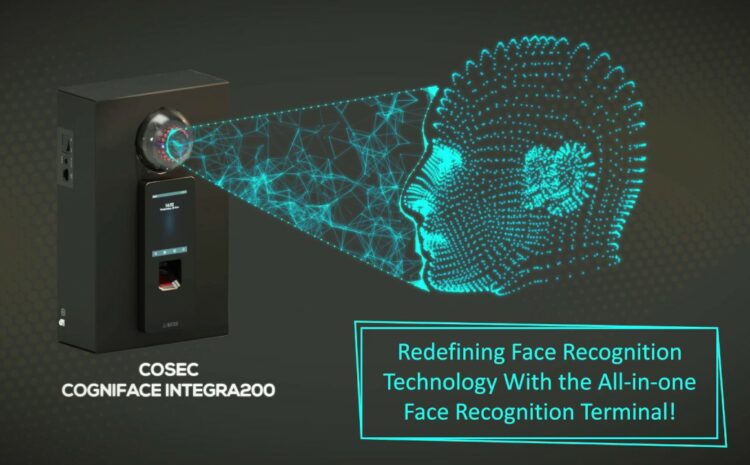
Myths Come From An Idea That Is Beyond Beliefs
The domain of Access control and Time-Attendance got a new definition with the introduction of Face Recognition technology. With FR technology, the efficiency of security and surveillance has seen great improvement. But as is the case with human nature, adding ‘unreal’ facts to anything that is less known is quite common. In such a case scenario, we need to remind ourselves that – ‘Is everything that is being said, is true?’ and make an effort to understand the actual reality behind it.
Through this blog, Matrix is trying to make an effort to debunk myths surrounding Face Recognition technology.
Facial Recognition identifies everyone
It is NOT possible for everyone’s faces to be recognized by the Face recognition system. If this happens, this means the identified person has his face enrolled into the system. There is NO POSSIBILITY for the face recognition system to randomly recognize someone.
It is next to impossible for the data from facial recognition to be in any way hacked, intercepted, or shared. The reason behind this is that face recognition data is stored in the form of a string corresponding to data points extracted from the face. Also, it is not possible to go back to the face by simply reverse engineering these data points. Thus, it becomes difficult to share the database containing this information.
Face Recognition invades privacy
A huge myth behind FR technology is that once you are registered on one FR database, your information is automatically linked to all such databases.
Let’s make it clear for once and for all! There is NO interconnection between different facial recognition solutions mostly because they use a different technical approach or because their perspectives simply don’t match.
Face Recognition doesn’t identify a person as they age
One of the myths that have been making rounds is that as people age, their face changes which, in turn, causes the system to not detect the individuals. With time, the facial features of individuals change but this is not much of an issue. The main reason behind this is the regularity of the person’s identification. This helps in keeping the system updated about the changes happening across the face. The system notices these changes and updates its database to the latest changes.
Face Recognition doesn’t identify in the case of face masks
While this is another myth that needs to be busted, this brings us to an important question, Does a face mask restrict face identification? Face recognition solutions use algorithms to understand prominent facial features. In the case of face masks, the same stays true. If the features are prominent, the system would still be able to recognize the individual even with the face mask. While recognition is possible even with a mask on, it is recommended to avoid it for accurate identification.
Face Recognition Technology is quite expensive!
This is not true at all! Keeping in mind the effectiveness of face recognition, the cost of a face recognition system is quite lower than the most secure credentials such as Retina, Palm vein, etc. with an almost similar level of security. As compared to various credentials, Face is among the most trending ones! The grade of security is the major reason behind the cost. The higher the security needed, the precisive the face recognition system is used. This in turn increases the cost. The face recognition system that is used in banks is definitely on the higher end of the cost spectrum.
We must focus on making ourselves aware of the Face Recognition technology and its working will not just remove unwanted worries instead, would help us utilize it for improving security around us!
Connect with our experts The Network Guide (TNG) to understand this great technology and how would it help you reduce most of your security concerns!
This article has been taken originally from Matrix Website.

